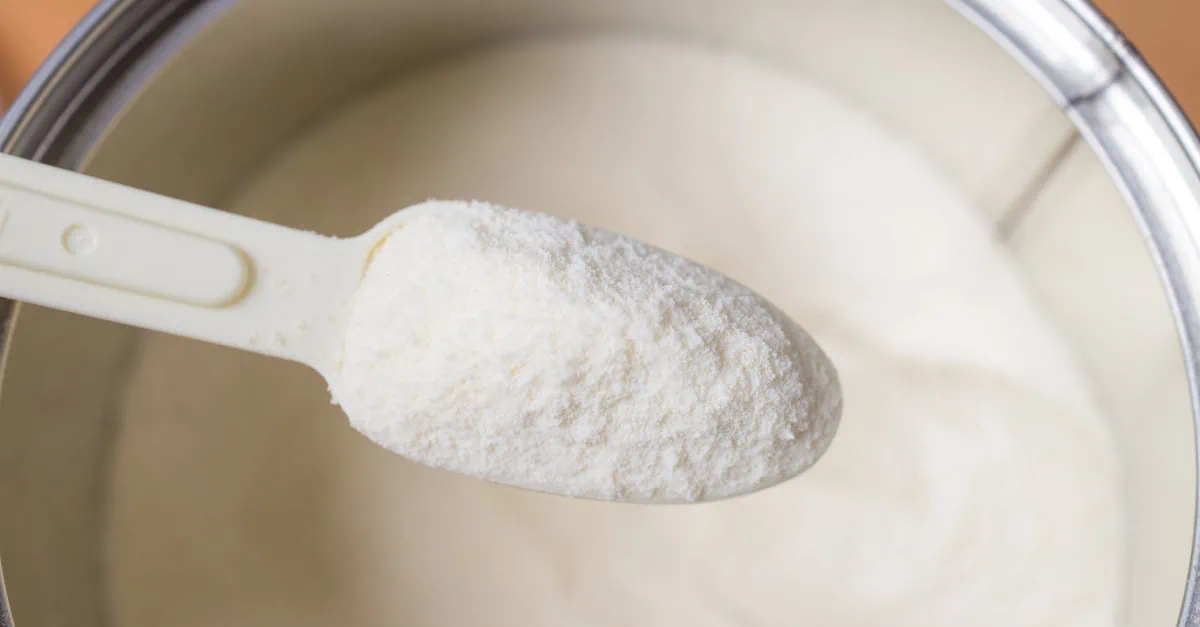Key market movements this week: Butter leads gains while trade uncertainty creates volatility across dairy commodities
The US dairy markets demonstrated resilience this week despite operating in what analysts are calling a VUCA (Volatile, Uncertain, Complex, and Ambiguous) environment, with butter prices posting significant gains of $0.16/lb following lower-than-expected cold storage data.
Butter markets rally on storage concerns
US butter prices surged this week after cold storage levels released Friday showed unexpectedly low inventory levels. The data revealed that despite high milk production and abundant cream supplies throughout early 2025, April butter stocks failed to show the year-over-year growth that market participants had anticipated.
“We beat last year’s numbers in January, February, and March, so the lack of YOY growth in April caught many by surprise,” according to Vesper’s latest US dairy market analysis. The disconnect between high milk fat availability and storage levels suggests either alternative production channels or accelerated consumption during the Easter period.
Export-dependent products gain on currency factors
Non-fat dry milk (NFDM) and dry whey also posted gains this week, benefiting from a relatively weak US dollar and positive developments in trade negotiations. These export-dependent commodities have been particularly sensitive to currency fluctuations and geopolitical developments.
However, market analysts warn that relying on favorable exchange rates and trade talk progress creates inherent volatility. “If your market is driven by favourable currency exchange rates and the progress of trade talks, you are in for a bumpy ride,” the analysis notes.
Cheese markets already priced in storage reality
Unlike butter, cheese markets showed more stability as traders had already anticipated the inventory situation revealed in Friday’s cold storage report. Cheese availability has been declining rapidly while buyer interest remained strong—a pattern observed across both US and European markets.
Legal uncertainty adds market complexity
Trade policy uncertainty reached new heights this week following conflicting federal court rulings on tariff authority. A Wednesday ruling by the US Court of International Trade challenged presidential tariff powers, only to be paused Thursday by a federal appeals court, setting up a likely Supreme Court battle.
For US dairy exporters, this legal uncertainty poses particular challenges given America’s significant trade surplus in dairy products. The US exports over 2 billion pounds of milk equivalent monthly while importing only 200-300 million pounds, making export relationships critical to market stability.
Mexico remains dominant export partner
Recent trade data confirms Mexico’s position as the largest buyer of US dairy exports, consistently accounting for roughly half of total exports in milk equivalent terms. The Philippines, South Korea, and Indonesia comprise the next tier of major buyers, representing markets where alternative suppliers could more easily compete if trade relationships deteriorate.
Market outlook: Balancing protection with export access
The fundamental supply and demand balance continues to drive long-term dairy market trends, though short-term volatility from policy uncertainty and currency fluctuations will likely persist. Market participants are closely watching how trade negotiations balance domestic protection measures against maintaining critical export relationships.
Access the full US Weekly market report here: https://app.vespertool.com/market-analysis/1973





